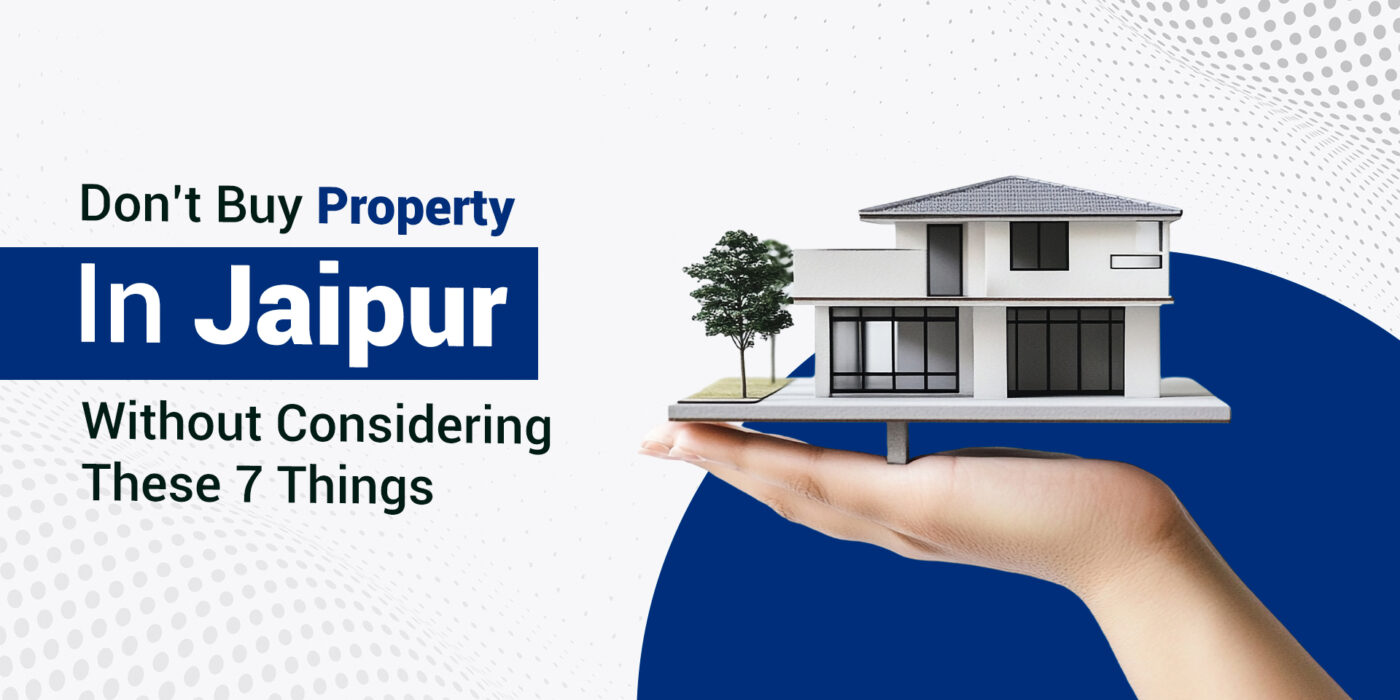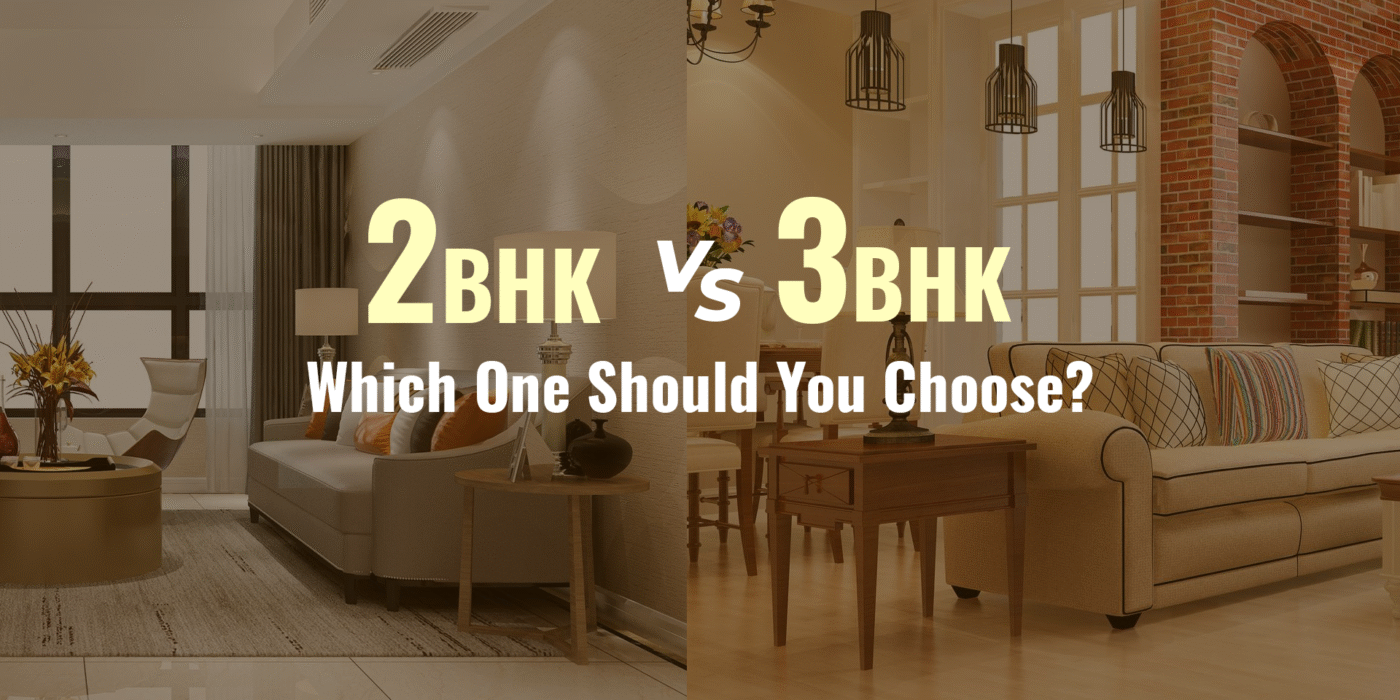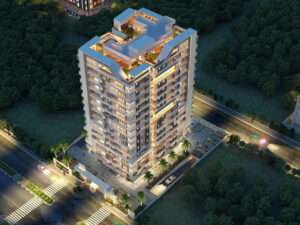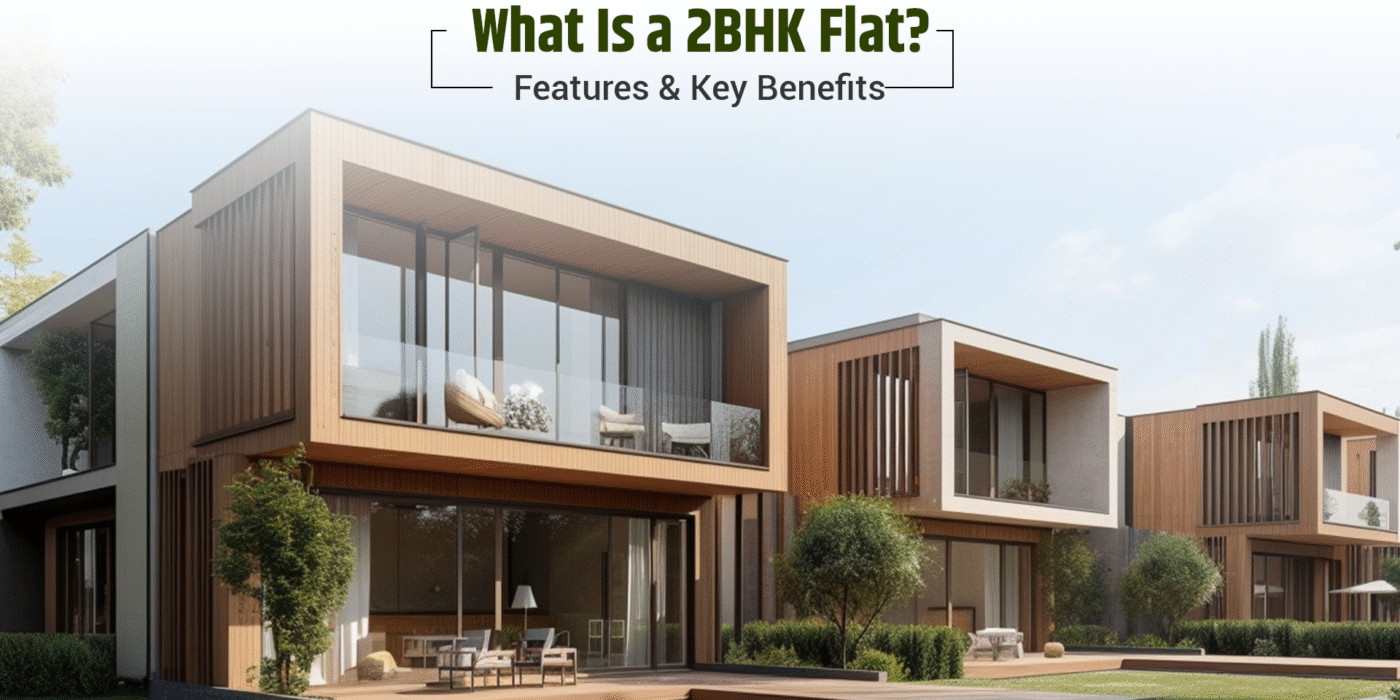Don’t Buy Property in Jaipur Without Considering These 7 Things
Imagine working hard for years to buy your perfect home. But, you discover later that the property has legal issues, poor construction, or no water supply. Unfortunately, this happens to many buyers in Jaipur’s fast-growing real estate market.
The Pink City is full of opportunities. It provides luxurious villas, modern apartments, and inexpensive plots. With so many alternatives, how can you choose the greatest house in Jaipur? This guide will help you make the best decision.
Why This Matters?
Buying property is one of the biggest financial decisions you will make. A good purchase can give you a comfortable home or steady rental income. A bad one can lead to stress, legal battles, and money loss.
Real estate builder in Jaipur offer many projects, but not all are trustworthy. Some delay deliveries, while others cut corners on quality. How do you avoid these risks?
Let us break it down step by step.
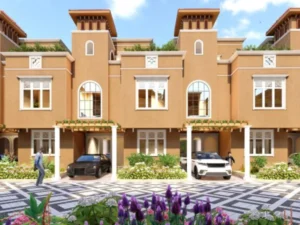
1.Budget Comes First
Before falling in love with marble floors or a fancy clubhouse, look at your bank balance. Many buyers make this mistake – they see a beautiful property first, then try to fit their budget around it. Do the opposite.
- Calculate your actual spending capacity
- Include registration charges (5-7% of property value)
- Account for interiors and moving costs
- Get pre-approved loans for better negotiation
The best Property In Vaishali Nagar Jaipur for you is the one you can comfortably afford, not what the sales agent says you qualify for.
2.Location Decides Your Daily Life
A big home in the wrong location becomes a daily headache. Consider:
- Travel time to work/school
- Availability of autos/taxis
- Nearest hospital distance
- Weekly grocery shopping access
Areas like Jagatpura work for office-goers, while families prefer Mansarovar for schools. Visit the location at different times – morning rush hour tells a different story than Sunday afternoon.
3.Builder Track Record Matters
- Completed projects (visit them)
- RERA registration status
- Actual possession dates versus promises
- Resident complaints (search online)
4.Property Type Matches Lifestyle
A 4BHK sounds impressive until you are cleaning unused rooms. Be practical:
- Bachelors: 1-2BHK near workplaces
- Young couples: 2BHK with future expansion scope
- Large families: 3BHK+ with separate living spaces
Plots work only if you will construct within 3-5 years. Otherwise, maintenance becomes burdensome.
5.Legal Checks Prevent Nightmares
The most beautiful home becomes worthless with legal issues. Essential documents:
- Title deed (30-year chain)
- Encumbrance certificate
- Approved building plans
- NOCs (water, electricity, environment)
Spend on a good property lawyer – their ₹10,000 fee could save you ₹10 lakh later. When reviewing real estate in Jaipur options, clean paperwork matters more than fancy brochures.
6.Neighborhood Vibes Matter
You wouldn’t buy shoes without walking in them, right? Same with property. Visit at different times – mornings feel different than evenings. Weekends tell another story.
- Chat with potential neighbors
- Check noise levels during peak hours
- Look for essential services within walking distance
- Notice how kids play outside (or don’t)
The best property in Jaipur might have slightly smaller rooms but a much better community. That’s worth more than extra square feet.
7.Future Growth Potential
Think five years ahead. That empty plot next door? It could become a school or a shopping complex – or a garbage dump.
Key indicators:
- New infrastructure projects (check Jaipur Development Authority plans)
- Reputed brands moving into the area
- Land prices in nearby localities
- Public transport expansion plans
Some real estate developers in Jaipur exaggerate future developments. Verify claims with official sources.
8.Construction Quality Inspection
Sample flats are like movie sets – designed to impress. The real test is in the ongoing construction.
What to check:
- Wall thickness (knock on them)
- Pipe and wiring quality
- Flooring material samples
- Water pressure in existing units
Bring someone who knows construction if you don’t. Bad quality shows up slowly but costs heavily.
9.Resale and Rental Possibilities
Life changes. Maybe you will move cities or need quick cash. Consider:
- Average rental yields in the area
- Tenant profiles (families/students/ professionals)
- Time properties stay listed before selling
Areas near colleges like MNIT have steady rental demand. Commercial areas attract office workers. The real estate in Jaipur market favors flexible properties.
10.Trust Your Instincts
After all the checklists and calculations, pause.
- How does the place feel?
- Do you imagine living there comfortably?
- Does the builder/staff answer questions transparently?
- Are there too many “exceptions” being made for you?
Your subconscious often notices red flags before your conscious mind does. In property buying, gut feelings combined with solid research make the perfect mix.
Making the Right Choice for Your Jaipur Home
You have got all the pieces now – budget, location, builder checks, legal stuff, and future planning. Putting them together is how you find the best property in Jaipur that works for you.
Remember, this isn’t about finding a perfect property (they don’t exist). It’s about finding the right match for your life.
Here is what to do next:
- Take your top 3 options and compare them side by side
- Sleep on your decision for at least 2 nights
- Talk to residents in those buildings – they will tell you things no brochure can
The real estate developers in Jaipur who stand behind their work won’t rush you. They will answer all your questions, show you real completed projects, and give you time to decide.
The real estate in Jaipur market has good options at every budget. Your job is to find the one that fits your life, not someone else’s idea of dream home.
When you find it, you will know. The numbers will make sense. The paperwork will check out. And most importantly, it will just feel right.
Now go take that first step – visit a property this weekend. But remember, this is a marathon, not a sprint. Your future home is worth the wait.
Got any doubts still hanging around? That’s normal. Drop your question below and let’s figure it out together. Happy house hunting!
FAQs
1.Is Jaipur good for property investment?
Jaipur’s real estate market has shown exponential growth in past years. The city’s growing infrastructure and status as a tourism hub make it the best investment choice.
Key factors favoring investment:
- Government development projects underway
- Increasing corporate presence in Sitapura and Malviya Nagar
- Increasing demand for residential and commercial premises.
2.What should we check before buying property?
Never skip these essential checks:
Legal Checks:
- Verify title deeds and ownership documents
- Confirm RERA registration for the project
- Check land use approvals
Physical Checks:
- Visit the property at different times of day
- Test water pressure and electrical points
- Inspect construction quality
Financial Checks:
- Compare various home loan options from multiple banks
3.Which is the best area to invest in Jaipur?
Top investment areas vary by purpose:
For Residential Investment:
- Mansarovar (established, good rental yield)
- Jagatpura (upcoming, near business hubs)
- Vaishali Nagar (balanced growth)
- Ajmer Road
For Commercial Investment:
- Tonk Road (high visibility)
- Sitapura (near IT parks)
- Ajmer Road (developing corridor)
4.What is the future of real estate in Jaipur?
The outlook is positive. There are many growth drivers:
- Metro expansion improving connectivity
- New commercial developments attracting workforce
- Government focus on infrastructure projects
- Increasing demand for organized residential spaces

